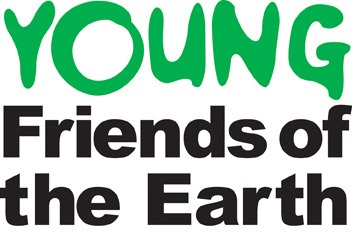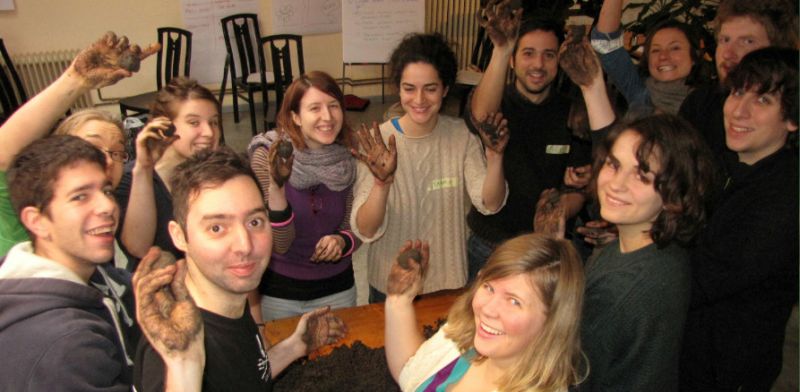Written by Alejandro Gil, Young Friends of the Earth Europe Food & Agriculture working group member
Our ReCAP meeting in Berlin had a lot of open slots to learn from each other and to have fun at the same time. One of those moments was the workshops that some of the participants facilitated themselves. Tamara (YFoE Spain and FoE – Madrid), a very talented “seedbomber”, introduced us the seedbomb technique. We all learnt about what is a seedbomb, what this method has been used for in the past and how it is a useful and radical way to “fight” against the consequences of greedy business and reclaim public spaces.
BOMBS THAT BLOOM UP!
What do you think if you hear that “bomb” and “bloom up” words can match together? probably, you couldn’t find the link!
Seed balls or earth balls (aka seedbombs) consist of a variety of different seeds rolled within a ball made of clay, soil and compost. The technique for creating seed balls had been used in ancient times in the Middle East to repair farms after the annual spring flooding of the Nile. Seed balls have been use in nearly any region where plants can grow: for reseeding ecosystems into areas of man-made deserts, avoiding seed eating insects and animals and protecting seeds until rains fall to soak the clay ball and stimulate the seeds. Seeds contained in such balls then germinate in ideal conditions for each climate/region.
GO FOR IT! SEED GUERRILLA IS ABOUT TO HAPPEN IN YOUR NEIGHBOURHOOD
You will probably know some places in your neighborhood or city that have been abandoned for several years due to the bursting of the housing market, the impact of some urban policies or they are simply gaps in between buildings. These spaces are usually used by the neighbours as illegal dumps, but you can transform it into a garden and demonstrate that we can be the change and not the cause of degradation of public spaces! Below you can read some useful tips to go for it!
-Download the seedbombs recipe
-Buy the materials, or even better, try to get them asking your friends, relatives….
-Take a map of your city or your neighbourhood and mark some spots or places you would like to “seed-bomb”.
-Gather your friends and make the seedbombs. It’s very fun to put your hands in the mud!
-Try to design some nice flyers to give to people that might gaze at you throwing “brown stuffs” and think that you are some kind of rascal!
-In the day of the action, you can take turns on throwing, giving people the seedbombs as a gift, or explaining them why are you doing this.
-Enjoy this war of flowers as our Young Friends of the Earth in Madrid do!

